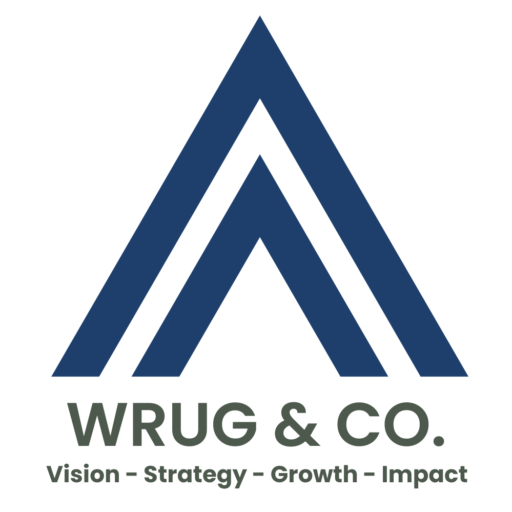Entrepreneurs who commit to the first promising route they see leave their start-ups vulnerable to competitors that take a less obvious but ultimately more powerful route to commercialization and customers.
Joshua Gans, Erin L. Scott, and Scott Stern
The Entrepreneurial Strategy Compass – to think through strategic options without slowing down the process too much
Intellectual Property Strategy – collaborate with incumbents & retain control of product or technology; focus on idea generation & development and avoid downstream costs, customer-facing activities. The core idea must be of value to the customers of incumbents.
Disruption Strategy – compete directly with incumbents, emphasizing go-to-market & rapid growth of market sharet; Redefine established value chains; the heart of this strategy is the ability to get ahead & stay ahead.
Value Chain Strategy – invests in day-to-day competitive strength; focus is on fitting into the existing value chain rather than upending it.
Architectural Strategy – design entirely new value chain and then control key bottlenecks; may not be the originators of underlying innovation, but they bring it to mass market through careful alignment of customer, technology, & identity choices (think Facebook & Google).

